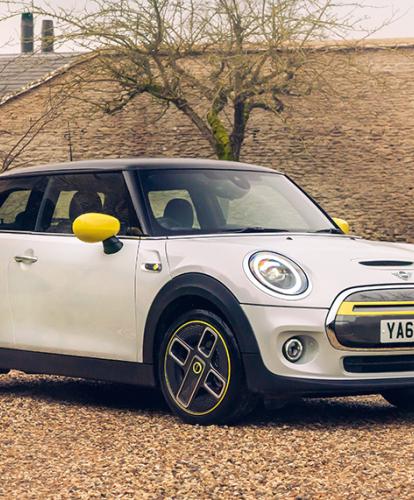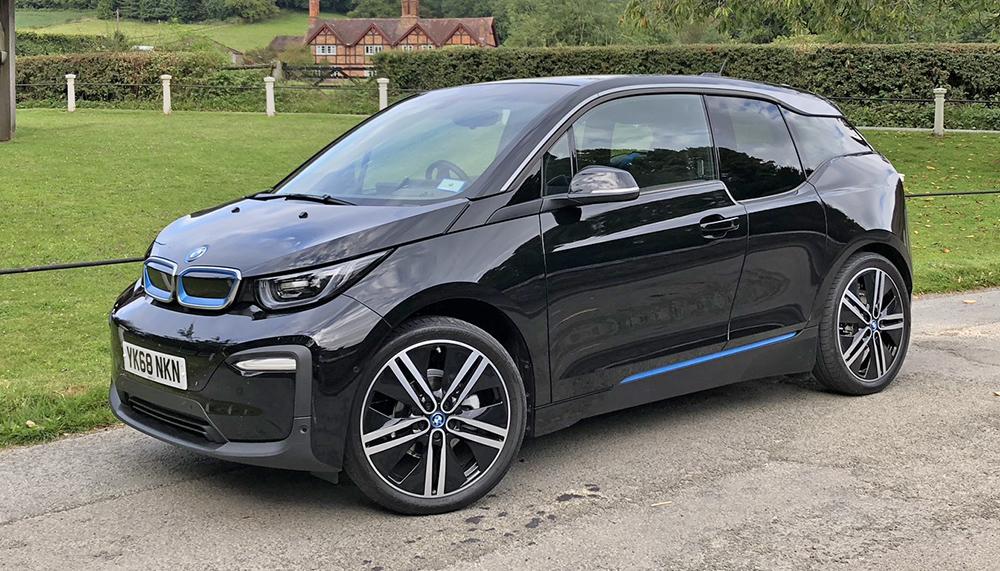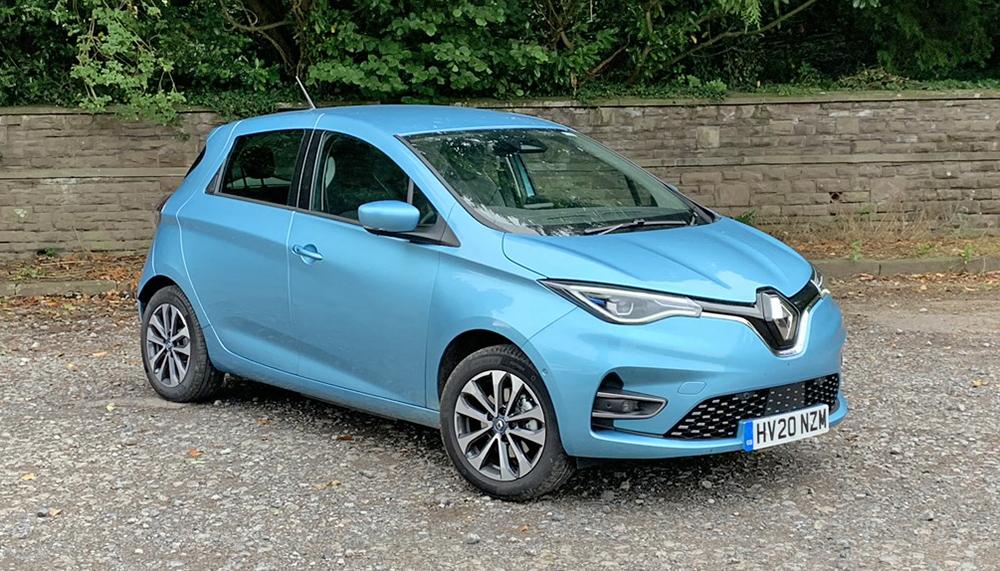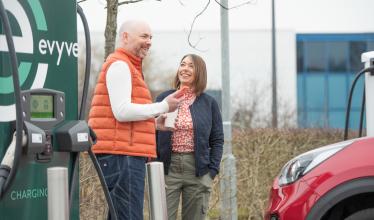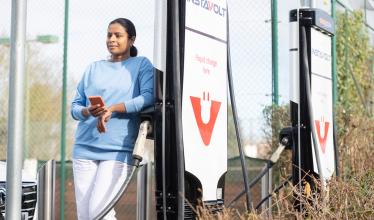Zapmap verdict: “An electric Mini has always had the potential to prove a great car – and so it proves. Having put an electric powertrain into the famous hatchback, instant response and classic agile handling combine to create a great supermini.”

- ● OTR: £24,900
- ● Category: Supermini
- ● Tax: £0 VED – 0% BIK
- ● Cost to charge: £5.20
- ● Emissions: 0 g/km CO2
- ● Cost per mile of range: £172
Range & charging

The Mini Electric is one of a new wave of EVs that isn’t focused on engaging in a race for the longest range. With an official range of up to 145 miles, it – alongside the Honda e and Mazda MX-30 – has instead focused on providing a premium EV designed for urban driving. Design and engaging driving dynamics are also prioritised, so if you’re a regular long-distance EV driver, it may be best to look elsewhere.
There is one configuration available:
-
- ● Mini Electric – 137 kW – 32.6 kWh – 145 miles
However, most drivers will rarely cover the 145 miles quoted above in a week, let alone a day, so there are plenty of buyers out there for whom a relatively short driving range will not be off-putting. In real-world driving, a minimum of 110 miles on fast roads should be expected in clement weather, with 100 miles on a charge possible sitting at motorway speeds. Mix the driving up with more town work, and 125+ miles will be easy, with those primarily driving in built up areas easily able to reach the quoted driving range.
Charging is possible at up to 50 kW from DC charge points with a CCS connector. One benefit of a compact battery capacity is that charging won’t take as long as those with larger batteries. As such, a half hour top-up will get the car to 80% or more, and a full charge from a 7 kW unit will take around four and a half hours.
On the road

As you might expect, the Mini Electric drives like a . . . well, a Mini. It’s great fun to drive, with a real agility to the set-up which makes the Electric a hoot to drive at just about any speed. It will deal with motorway work easily, but is best on flowing A-roads or twisty city streets. Here the handling and performance really work well.
In fact, I’d say the Mini Electric is the best model in the hatchback’s range. By combining the pin-sharp handling with the responsive electric motor, it makes for a perfect set-up for a supermini. Performance is as much as anyone really needs, and the 7.3 seconds 0-62 mph time from the 137 kW motor is close to that of a petrol-powered Mini Cooper S.
Comfort & Practicality

Practicality is not a strong point for the Mini Electric. Currently only available as a three-door hatch, the rear set of seats are not friendly to those adults of an average height or more, and access is not the easiest as the front seats don’t fold/roll very far forward. It’s possible to use the Electric as a small family car, but be prepared for plenty of bending into the back to get kids out.
Likewise, the boot is not cavernous, but both this and the rear seats situation are what you might expect from a Mini. It’s a supermini that’s not focused on practicality, and those that often only travel one or two up front will have no such issues. The controls are essentially the same as ‘normal’ mini models, though Electric drivers get a different, and better instrument display. It proves a comfortable car for the driver at least, and you can cover long distances without discomfort.
Tech & Specifications

The Mini electric is relatively normal and sits comfortably alongside the rest of the range. However, you do get EV tailored and electric specific features not found elsewhere. Charging controls, and brake regen settings are obvious features, though elements like the driver’s instruments are a nice surprise. There is also a drive mode select switch which can help eke out range, and an app allows for connected car services.
The Mini isn’t a perfect EV, but it is a very good one. If you don’t prioritise outright range, the Mini Electric will be very appealing, and it has a character to it that makes you fall for the compact EV. You will enjoy driving it anywhere, even running to the shops, and as a local runabout or a second car, there are few better. It’s competitively priced for an EV, and you can still cover long distances thanks to rapid charging capabilities, though with a few more charging stops than the latest generation of long-range compact EVs.
